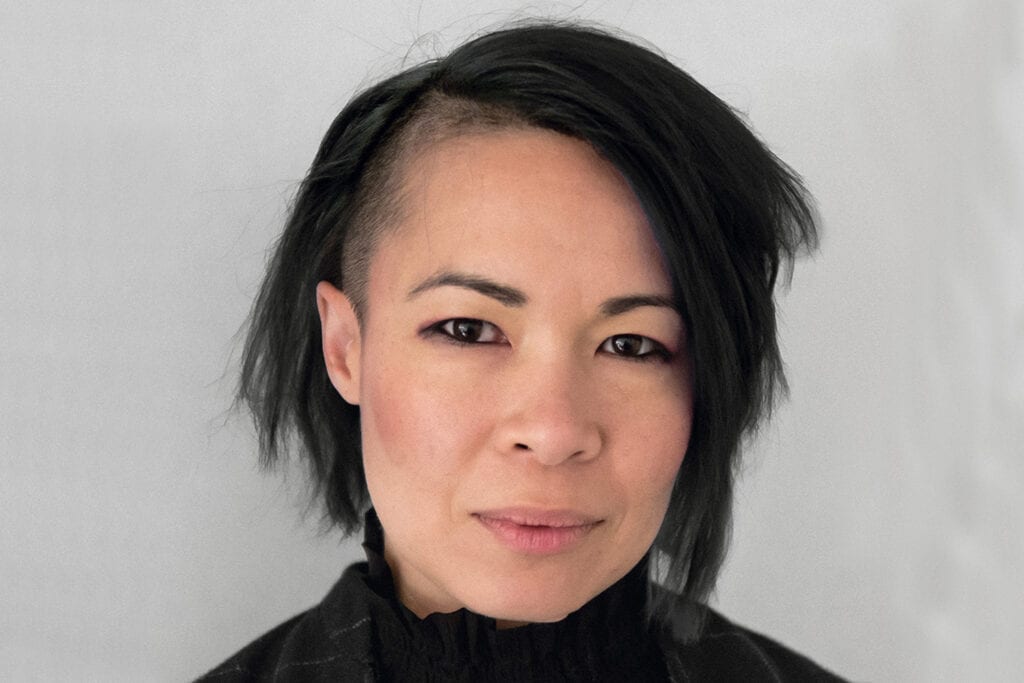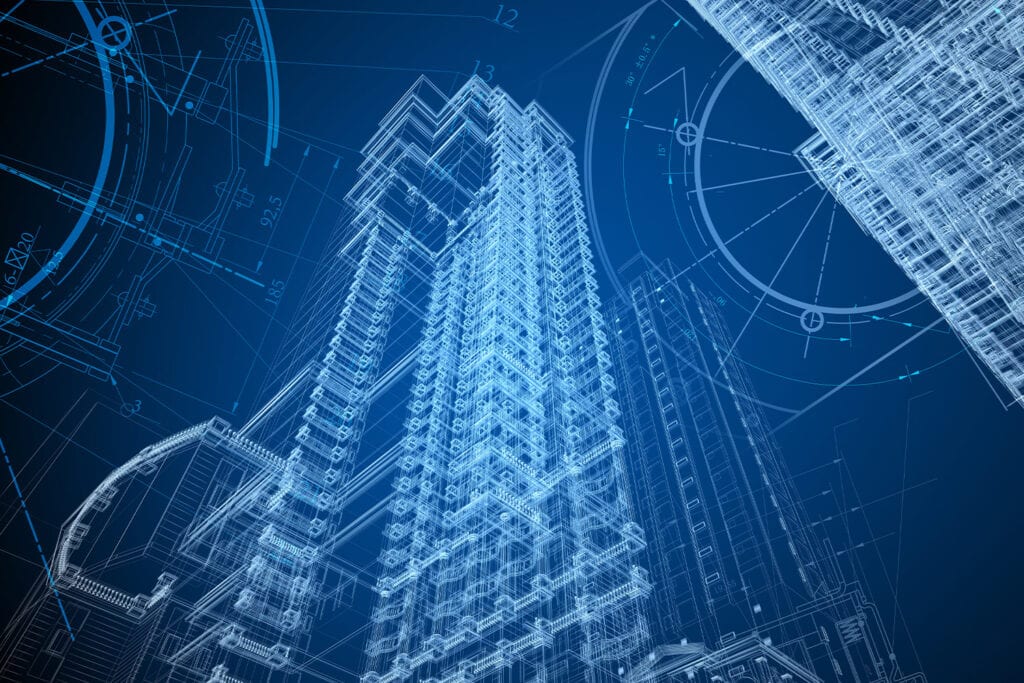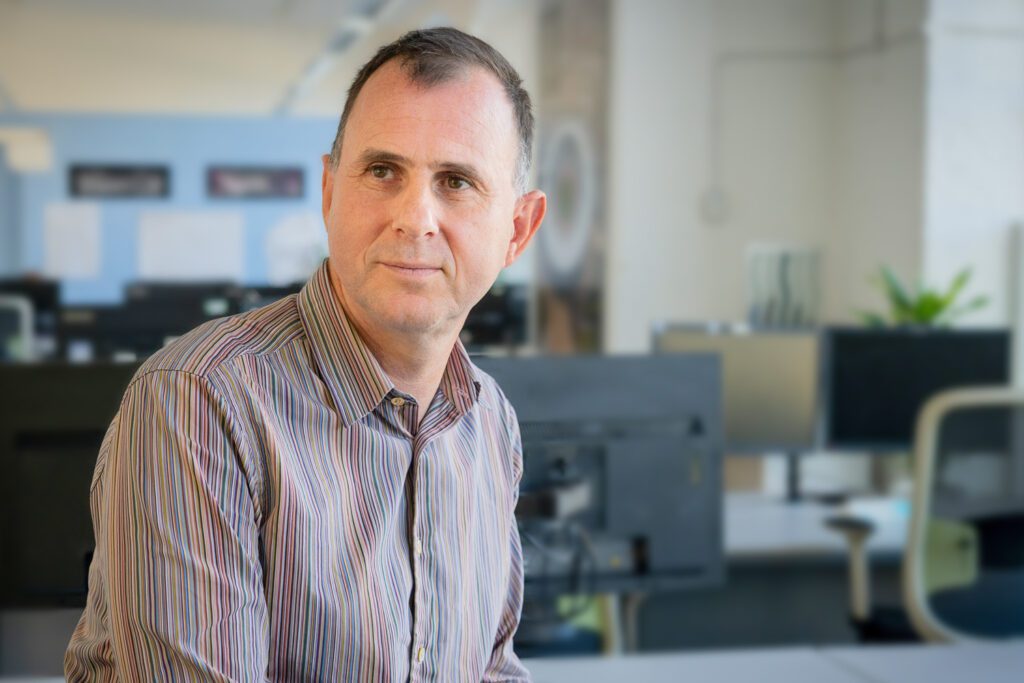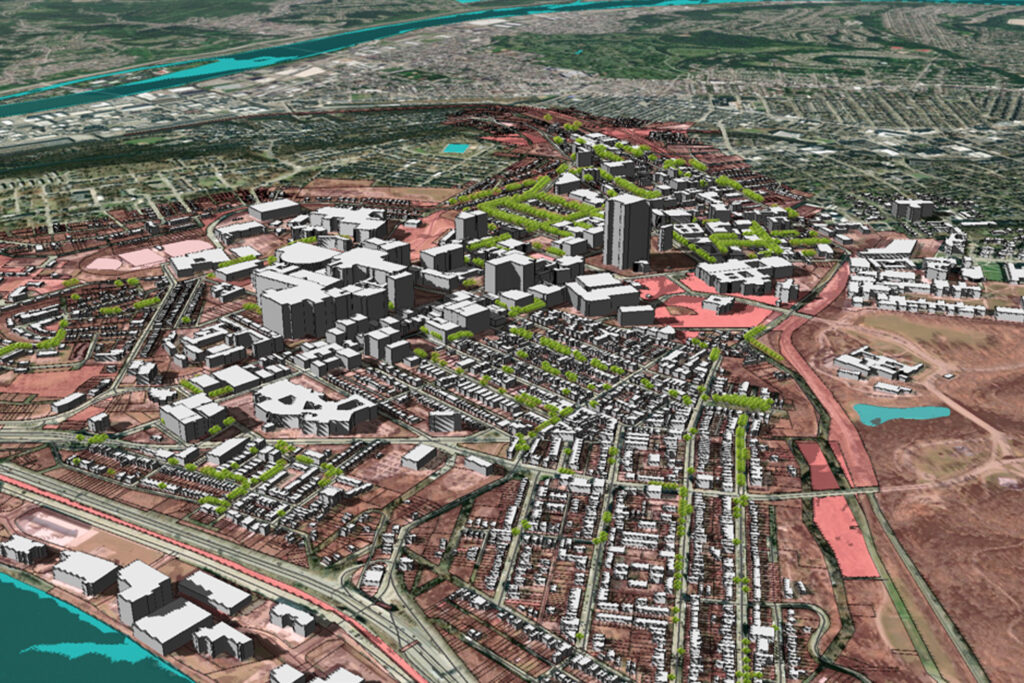
Digital technologies are transforming the way we approach built environment design. We can unlock greater value through a smarter approach to data.
As we enter Engineering 4.0, we are using digital technologies to solve complex design problems, through the use of virtual models to replicate physical entities.
Access to big data provides us with greater insight into the way people use and interact with the spaces that we design. New technologies equip us with the tools we need to push the boundaries of possibility and deliver ever more intelligent solutions that can adapt to accommodate myriad user needs for generations to come.
People at the centre of design
The digital revolution and the role of digital twins
A digital twin is a digital replica of a physical entity. It is a bridge between the physical and digital world, turning disparate data into a virtual reality, pushing the boundary of geospatial representation.
Buro Happold is looking at ways to expand our GIS footprint, integrating more information into our models to move beyond creating 2D maps and build data-rich 3D replicas of assets in the digital world.
These complex 3D models are called digital twins. Comprising intricate layers of data gathered from an array of sensors and sources, these twins are linked to connected technologies that allow for real-time environmental and system data capture. This information is used to adjust and fine-tune the performance of physical assets – ranging from street lamps and traffic lights, to bridges and buildings, entire cities and even countries.
Digital twins revolve around the collection of data – both past and present – and applying it to monitor the performance of physical assets in real time. Using data in this way enables us to predict future scenarios, identify potential issues and rectify them before they occur.
Doing so also improves the efficiency of our designs, minimises downtime, and makes the built environment a more accessible and enjoyable environment for people to exist in. As well as creating new tools within our practice, we are looking to transform existing workflows by integrating additional digital capabilities.
Digital twins and virtual reality
The development of digital twins into a virtual reality environment allows our clients to walk, or indeed fly, through their project site. A digital twin has the potential to revolutionise the design, management and performance of assets across the built environment.
Take an example of a building, or a mug, or a pen — wouldn’t it be useful if we could mimic and replicate that in the digital world, to be able to learn from it, do simulations on it, understand how we would want to modify and change it, and then see what effects that has in the real world?
Whether our findings inform switching streetlights on at the right time to improve safety, adjusting traffic lights according to the density of vehicles on the road, or monitoring the usage of city wide energy grids to understand where resources are being spent and where they can be saved, digital twins are allowing us to develop intelligent, responsive and agile infrastructure across our cities.
Digital twins help cement an ongoing relationship with clients
The use of digital twins, not only enables us to monitor our designs more precisely, understand their performance and prevent potential problems, it allows us to establish an ongoing relationship with our client throughout the lifecycle of our designs.
This changes the role we play in shaping the built environment. We stand by our work, assessing the design performance and gathering ongoing data to inform our understanding of the project’s efficacy and rectify any issues we may discover.
Anthony Tuffour, Associate Director & Global GIS and Digital Twin Lead at Buro Happold
By remaining involved at all stages of the project lifecycle, we adapt and enhance designs to make them responsive to human need. As we move through Engineering 4.0, digital twinning provides us with the capability and proximity to design spaces that are equipped to face multiple challenges.
The decisions we make during the early stages of our design process have a lasting impact on the social, economic and experiential outcomes for generations to come. It is this responsibility that drives us to seize the opportunities that engineering 4.0 affords to gather greater insight into the effects of our work. This empowers Buro Happold to deliver solutions that make life better for us all.
The future is exciting as we adapt to new ways of working. We are solving increasingly ambitious design challenges, increasing our positive impact on society, and bolstering our position as industry leaders.
Services we offer
- Digital twin creation
- Geographic information system (GIS)
- Geospatial data and information management
- Spatial data analysis
- Web mapping solutions design
- Physical asset management
- Systems integration
- Urban and spatial planning
- Urban modelling, computation and analytics
- Disaster risk reduction and management for city resilience
- Energy modelling
- Virtual reality
- Simulation analysis
- Gaming integration and partnerships
- Design review
- Strategic/organisational digital twin and GIS advice for clients
- Digital twins and GIS leadership
- Early engagement with contractors and operators
- Integrated project delivery
- Cost estimation.
Project examples
Praderas Digital Masterplan, Computation and Analysis
Chile
The use of geospatial data and information modelling and management to underpin masterplan site analysis and design of infrastructure services. It included computation and automation of utility networks design such as District Energy Network Design, Potable Water network, ICT services and information. Resultant outputs were deployed to a 3D web mapping platform for immersive interactions and data interrogation. Analytics were incorporated to understand travel time scenarios.
Hamad Medical City Digital Twin
Qatar
The development of data, information modelling and governance including digital twin ontologies to capture master plan datasets to support of digital twin solution delivery for the collation and management of HMC project datasets.








